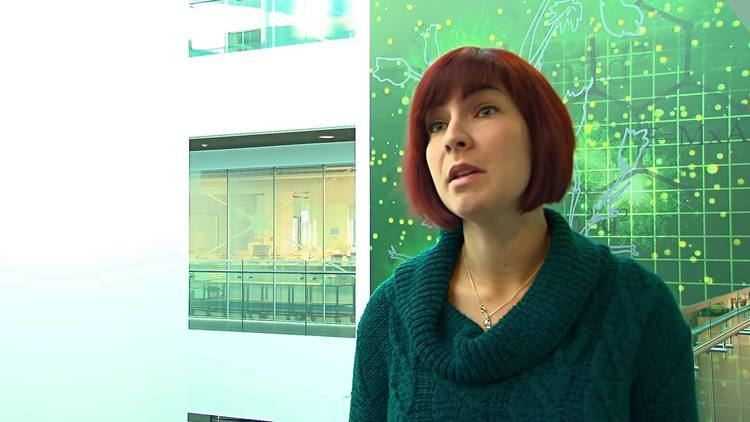Nationality British Name Caroline Colls | Role Lecturer | |
 | ||
Books Holocaust Archaeologies: Approaches and Future Directions | ||
Unearthing the holocaust at treblinka dr caroline sturdy colls
Caroline Sturdy Colls (born 1985) is an Associate Professor in Forensic Archaeology and Genocide Investigation at Staffordshire University specializing in identification of human remains, forensic archaeology and crime scene investigation. She serves as Research Lead for the Centre of Archaeology there, but also undertakes consultancy for the UK Police forces. Her main area of interest is the methodology of investigation into the Holocaust and genocide murder sites with special consideration given to ethical and religious norms associated with the prohibition of excavating a grave.
Contents
- Unearthing the holocaust at treblinka dr caroline sturdy colls
- Curator chat dr caroline sturdy colls on finding treblinka
- Archaeological studies
- Selected publications
- References

Sturdy Colls graduated from the University of Birmingham in 2007 with a BA(Hons) in Archaeology and Ancient History, and with the MPhil in Archaeological Practice in 2008. In 2012 she completed her PhD thesis in Archaeology and Antiquity at the University of Birmingham, titled "Holocaust Archaeology: Archaeological Approaches to Landscapes of Nazi Genocide and Persecution". She is the author of numerous scientific publications, lectures and selected books on the subject, not to mention TV interviews and documentaries.

Curator chat dr caroline sturdy colls on finding treblinka
Archaeological studies

Sturdy Colls led a team of archeologists in the most recent excavations on the grounds of the Treblinka extermination camp Museum, resulting in the discovery of several floor tiles believed to have been used in the lining of the gas chambers. The tiles were made by Dziewulski & Lange ceramic factory in Opoczno. Her discovery became a subject of the Smithsonian film made for television. Approval for a limited archaeological study was issued for the first time in 2010 to a British team from Staffordshire using non-invasive technology and Lidar remote sensing notably, because neither the authorities nor the Jewish religious leaders in Poland allowed excavations at the camp out of respect for the dead. Sturdy Colls analyzed soil resistance at the site with ground-penetrating radar. Features that appeared to be structural were found, two of which were thought to be the remains of the gas chambers, and therefore the study was allowed to continue.
The archaeological team discovered three new mass graves. At the site of the previously unknown foundations several yellow tiles were unearthed, pressed with a symbol D✡L resembling a “Star of David”. The logo was soon identified as the pierced mullet star belonging to the Polish ceramics factory from Opoczno founded by Jan Dziewulski and brothers Józef and Władysław Lange. It was therefore not the Star of David as reported by the Israeli Ynet News service which made the announcement. The tiles located by the ground-penetrating radar were claimed to provide the first physical evidence of the existence of the gas chambers in Camp Two.
